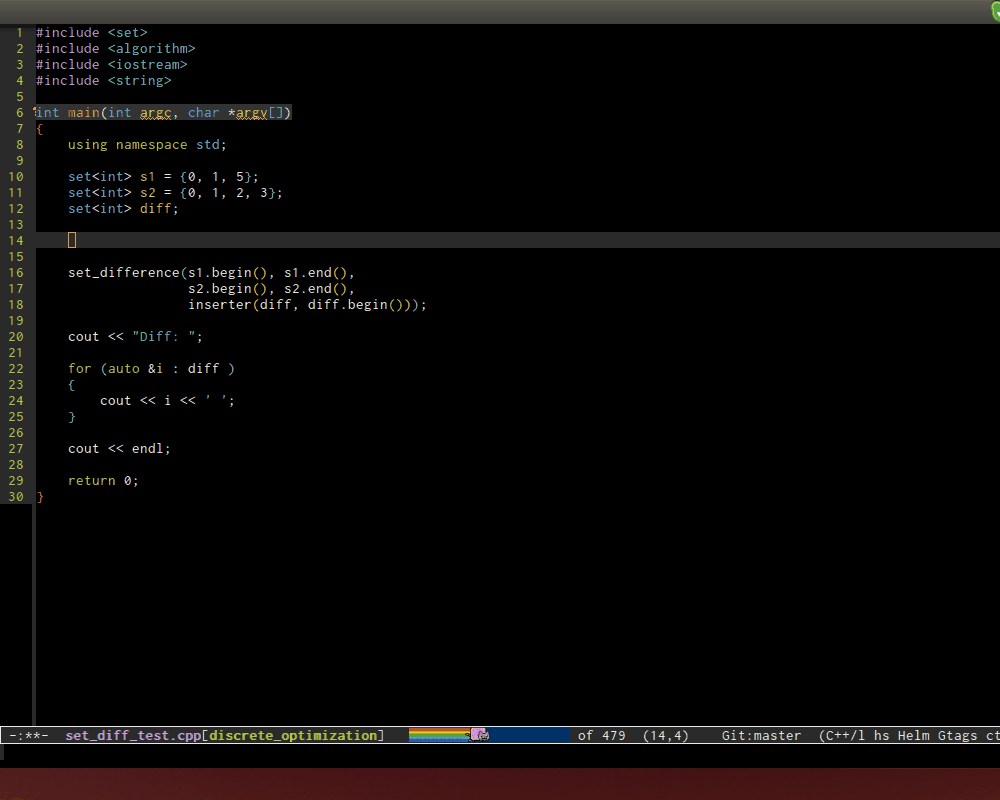This is a continue to the first part in this post Emacs - Setting up environment for C/C++ Programming - Part 1. This time, I’ll demonstrate some more tips to help make your Emacs a powerful IDE for C/C++ programming
Syntax Checking on the fly
Flymake is a package which comes with Emacs 23 and above to help Emacs perform syntax checking as you type. It uses an external program (usually the compiler) to determine the errors.
Since it’s a part of Emacs 23, you don’t have to install in order to use it, just add this to your .emacs
(require 'flymake)Flymake requires a makefile with the file name Makefile (capital M) to use with it. Also, your makefile must contain the check-syntax target. Add this to your makefile (use tab before gcc, not spaces)
check-syntax:
gcc -o nul -S ${CHK_SOURCES}Now to use it, simply open a C source code file and M-x flymake to activate it. To avoid having manually activating flymake, it is configuarable to enable flymake upon opening any file for which syntax checking is available.
(add-hook 'find-file-hook 'flymake-find-file-hook)You may also want to config key bindings for flymake-display-err-menu-for-current-line, flymake-goto-next-error, flymake-goto-previous-error for quick navigation between errors.
Jump to Definition / Jump to Implementation
Thank To Hoang Do for providing me the solution (in the comments).
For jumping between definitions and implementations, you can use gtags, ctags or cscope, ggtags. Emacs has packages for theses source navigation tool.
If you want to use for other languages, setup gtags with ctags backend follow these instructions: https://github.com/leoliu/ggtags/wiki/Install-Global-with-support-for-exuberant-ctags.
Or use ctags itself with default find-tags in Emacs. However, I recommend you
to use GNU Global with ggtags for C/C++/Assembly. Use ctags for everything else.
Whatever packages you are using, make sure you use Helm. Here is an example of Helm, using CEDET and function-args packages

